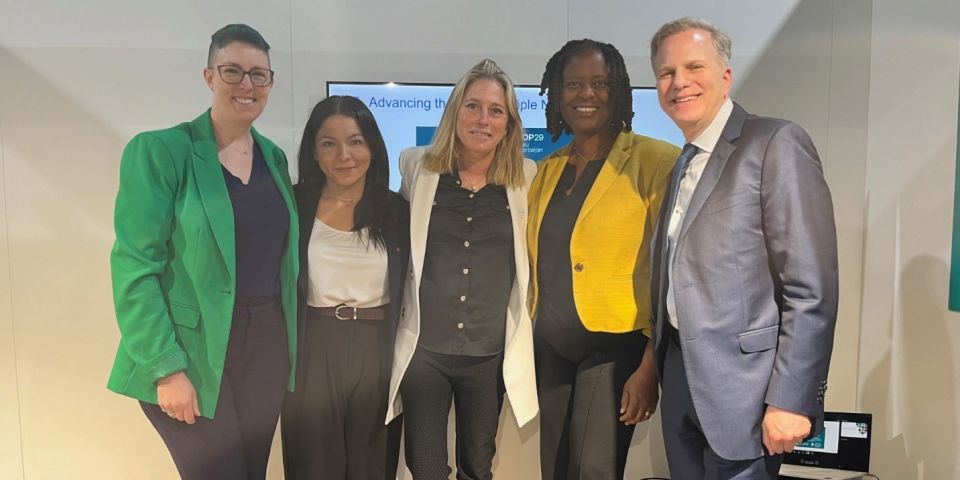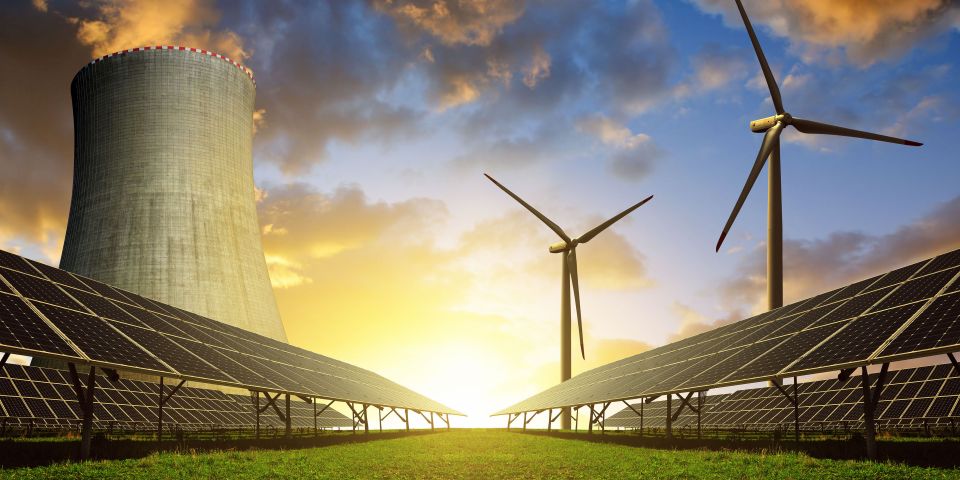Irrational fear: The fear generated by the media in fabricating and sensationalizing the horrors of the TMI-2 accident went unchecked—everything from falsely claiming that the accident caused many deaths of humans (and cows), to Walter Cronkite claiming that the radiation from TMI-2 was passing through the mountains and (to paraphrase) “it would get you wherever you are.”
This fear was exploited by the movie The China Syndrome and then exacerbated with the Chernobyl nuclear accident. Together, all of this led to such a negative public opinion that the industry’s future in the United States and other parts of the world was essentially destroyed through overregulation and irrational decision-making. The makeup of the Nuclear Regulatory Commission’s commissioners was changed, eliminating needed nuclear capability, which resulted in massive and excessive increases in regulation, red tape, and, therefore, costs. These costs, coupled with fear, resulted in the premature shutting down of many of our nuclear plants, often replacing this generation with natural gas.
Going the wrong way: This shift to natural gas is a great example of how our planet is moving in the wrong direction to stop global warming. Today, natural gas has become the United States' major source of electricity, and, unfortunately, natural gas is 26 times more effective than CO2 in heating the earth, escaping from wherever it and other fossil fuels are produced. Further, gas pipelines periodically break, releasing additional gas into the atmosphere. Please note that in 2017, fossil fuel generated 65.5 percent of the world’s electricity, and its use has grown since then.
Of great importance is the heating of the North Pole. Here, where millions of tons of natural gas are being released, the temperature is increasing faster than the rest of the earth. Keep in mind, the rest of the world's use of energy is causing the major problem, and so helping the world’s population use safe and competitively priced nuclear power is a needed part of the equation.
Develop a program: With this in mind, one way to address this issue would be to establish a research and rapid deployment program to optimize methods for constructing large nuclear power plants that are safe and cost-effective. There is a vast amount of experience and data on large light water–moderated nuclear power plants, and there are more than 400 such plants operating today in the world. Many more are being constructed now. Leveraging this experience and data will be very valuable to this research program. The U.S. nuclear community is capable of constructing safe and competitively priced nuclear power, if given the proper incentive and support.
As a suggestion, this program would (1) begin with selecting manufacturers that together can produce the requisite nuclear power components to meet all nuclear standards, (2) follow China and recycle nuclear waste while developing nuclear reactor designs that use the heavy nuclides in the waste to generate nuclear power, (3) use modeling to determine accurately all important parameters that affect the safety of the plant, and (4) leverage instrumentation to measure the critical parameters and couple this with artificial intelligence to detect any abnormalities and instantly alert the operator. Similarly, leverage instrumentation outside of containment to detect any potential leakage of radiation to ensure public safety.
Much relevant information has not been included to keep the length of this article reasonable. Useful supportive information can be found in my article “Fukushima: 10 years on and more” in the June 2021 Nuclear News and in the various feature articles in the August 2021 issue of Nuclear News. The world needs the U.S. community to construct cheap and safe nuclear power to meet our energy demands while controlling future global warming.
Remember, nuclear power is far superior to renewables and E = mc2.
Samuel H. Levine is a professor emeritus of the Nuclear Engineering Department at Penn State University and was director of the Breazeale nuclear research reactor, 1968–1986 .







